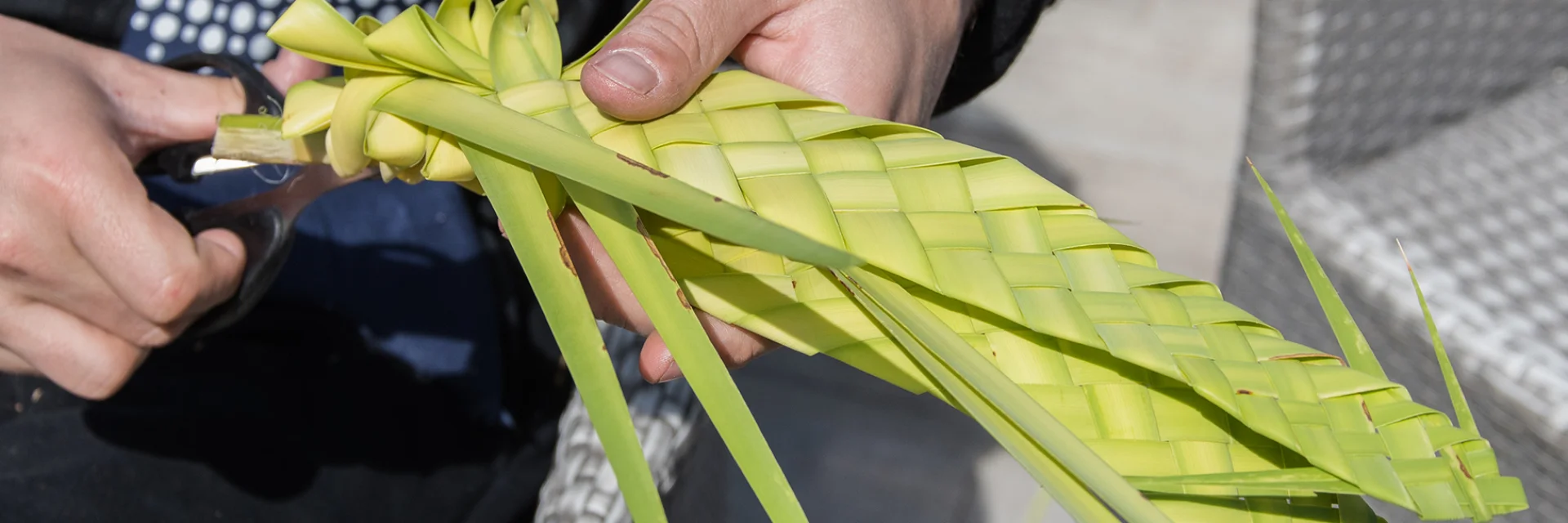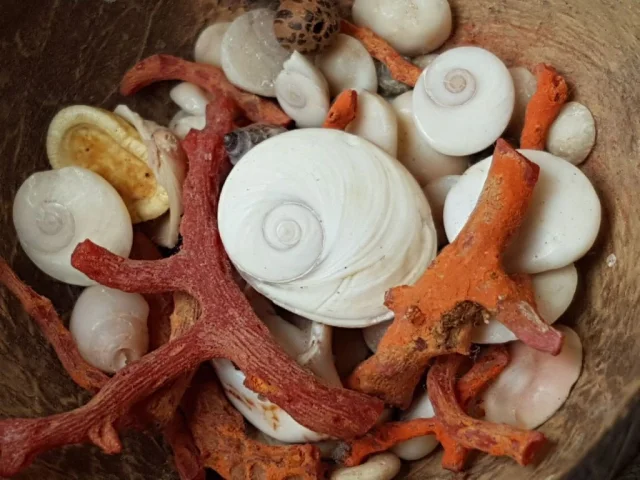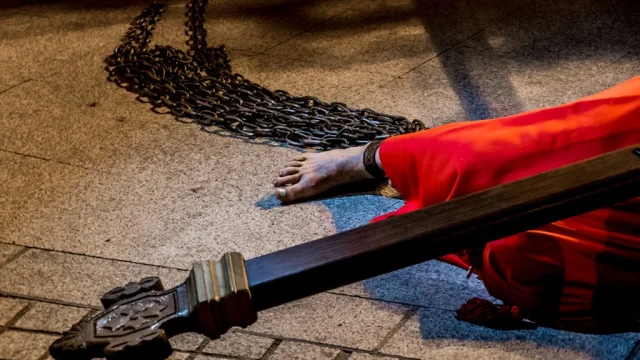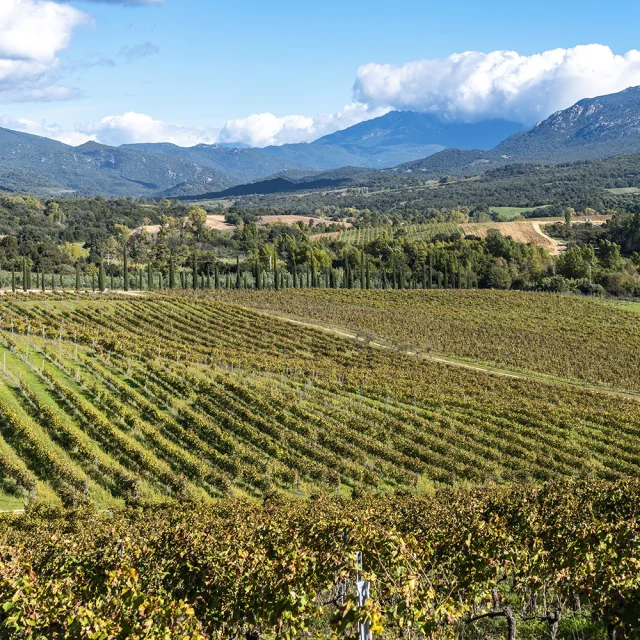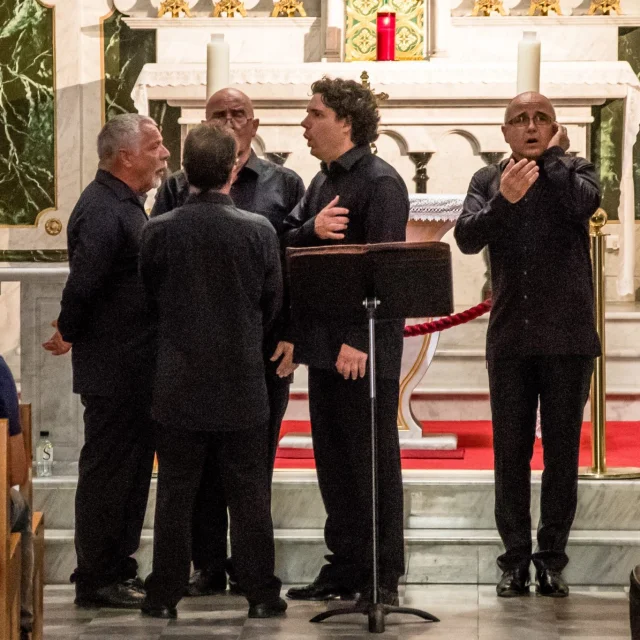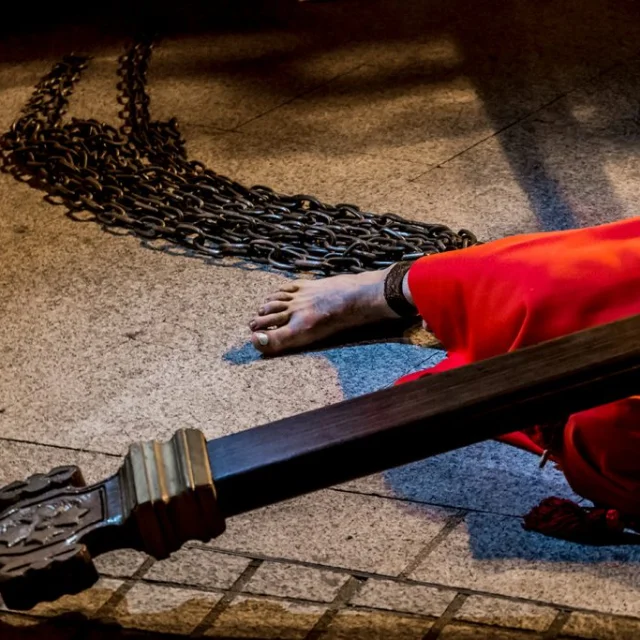The eye of Saint Lucia
It’s the lid of a shell that can be picked up on certain beaches after a heavy storm. According to legend, it was a young woman from Syracuse who, accused by her fiancé of being too pious (and of not giving in to his demands), plucked out her own eyes and threw them into the sea. The Virgin Mary then restored her sight in gratitude for her faith. Sainte Lucie is a very important part of the island’s culture, with several villages bearing her name: Sainte Lucie de Tallano, Sainte Lucie de Porto-Vecchio… Supposed to protect against bad luck, this seal is regularly worked on in Corsica. Noble materials such as gold, silver and red coral from Bonifacio combine perfectly with the eye to make a piece of jewellery. You can buy them in many of the island’s jewellers.
